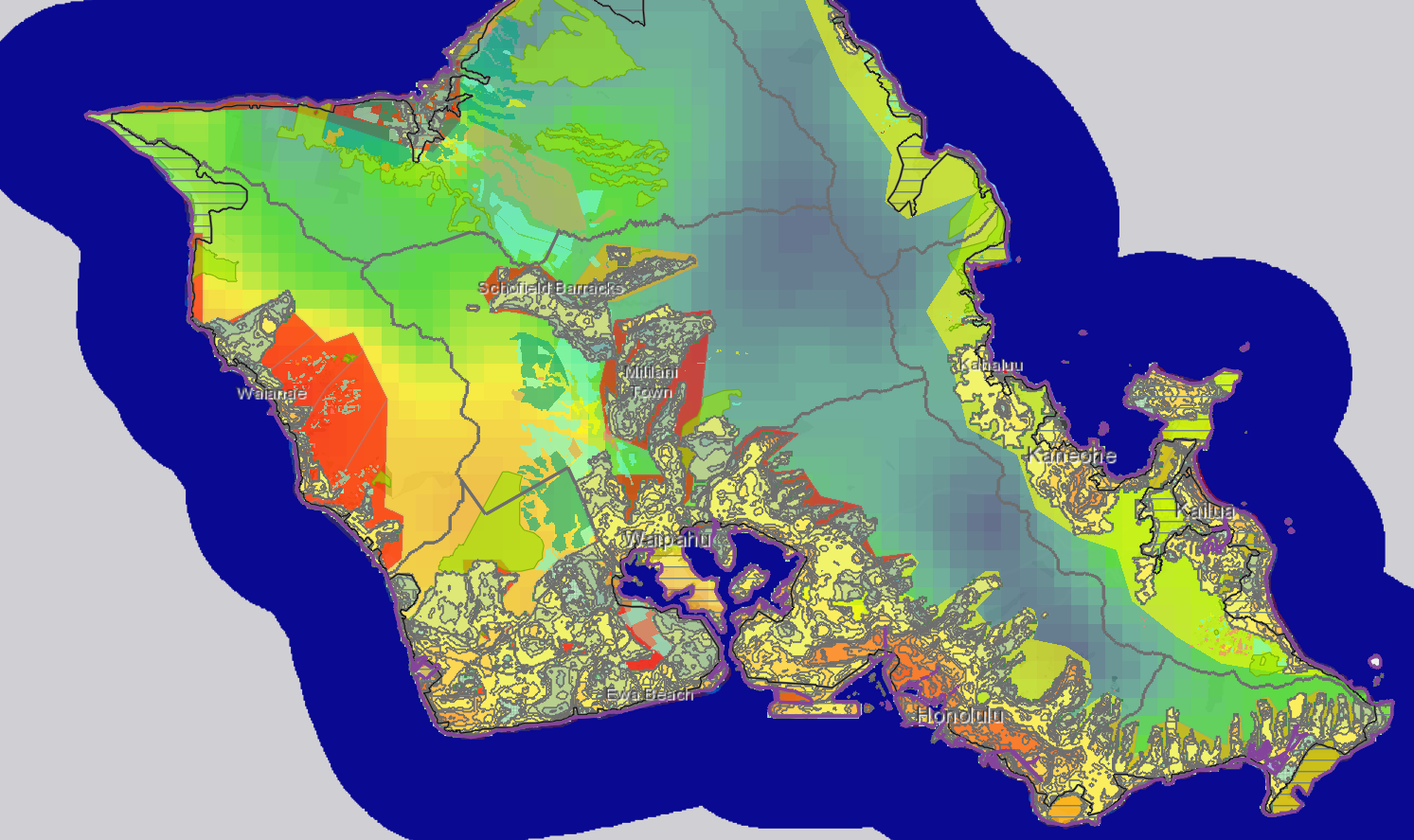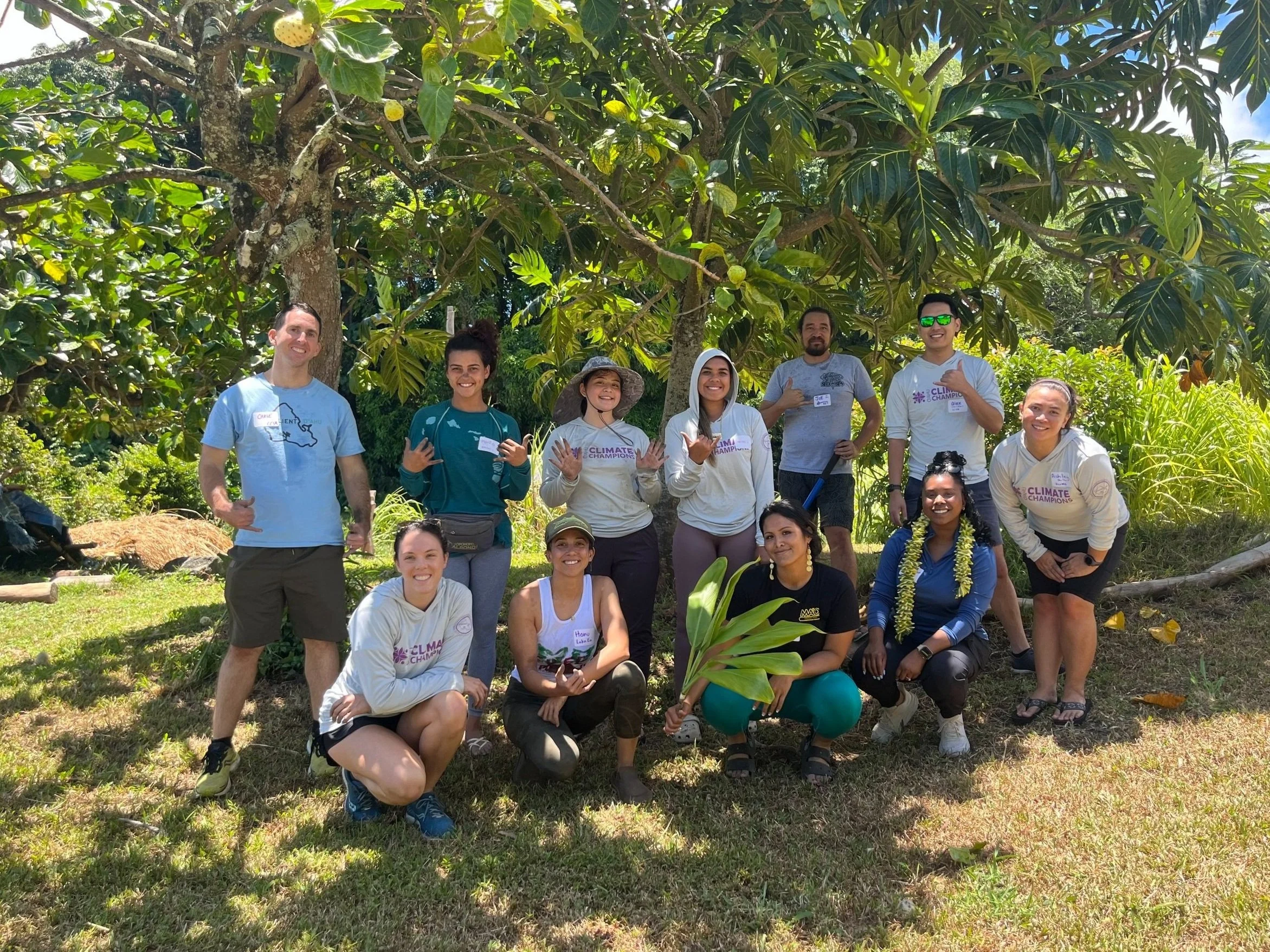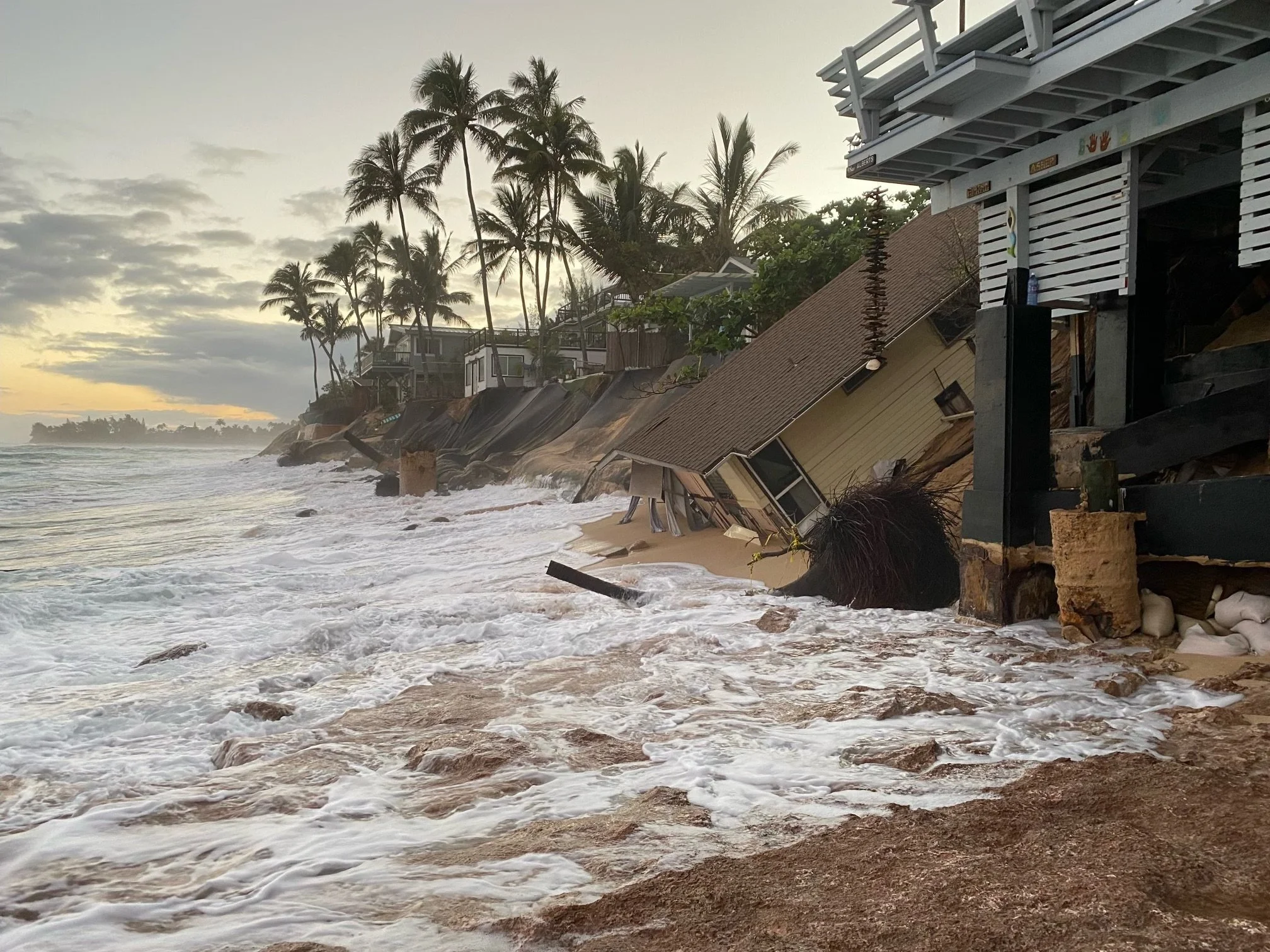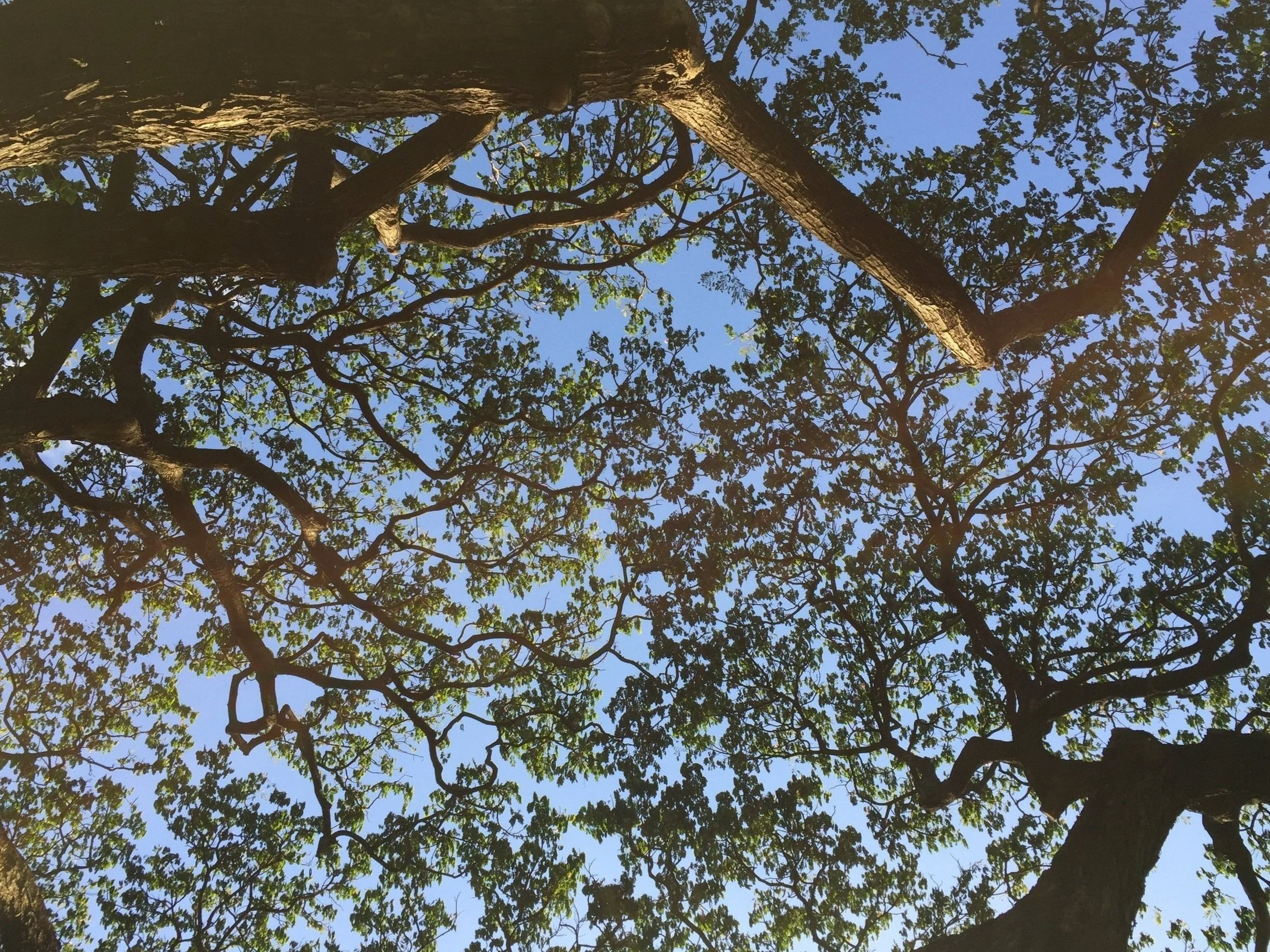
Climate Adaptation
Preparing, protecting, and safeguarding our island community from climate change today and for generations to come.
On Oʻahu, we are experiencing the effects of climate change. Hotter temperatures, rising sea-levels, more frequent droughts, and stronger storms are threats to our communities, ʻāina, and infrastructure. To protect everything and everyone we love from climate change impacts, the City and County of Honolulu created its first-ever climate adaptation strategy: Climate Ready Oʻahu. Adopted in February 2024, it uplifts 12 strategies and 57 actions we must take to prepare, protect, and safeguard our island community from climate change today and for generations to come.
We invite you to explore our new strategy and discover how you can help chart a path towards a climate-ready future with us!
-
Taking action to prepare for and adjust to both the current and projected impacts of climate change, such as flood resilience protection, heat preparedness plans, and biodiversity stewardship and conservation.
-
Increasing temperatures, rising sea-levels, more frequent droughts and wildfires, stronger storms that lead to flooding, and increased potential for hurricanes.
-
A climate ready Oʻahu is one where:
All people are empowered with the knowledge, tools, and resources to prepare for climate impacts.
Connections between people and native ecosystems are cultivated so the ʻāina is safeguarded for generations to come.
Infrastructure works with natural systems to keep people safe at home, at work, and everywhere in between.
City and County of Honolulu’s Climate Adaptation Strategy
Climate Ready Oʻahu
Climate Ready Oʻahu is a community-driven strategy to address the impacts of climate change. The strategy lays out programs, policies, and actions to strengthen our resilience to climate impacts where we live, work, and play.
Explore Climate Risks
To prepare for climate change, it is crucial to understand what climate change will look like on Oʻahu. Climate change shows up in many forms, as it affects the ocean, atmosphere, and weather patterns. Explore the top five climate hazards facing Oʻahu and the climate risk data that informs the actions we are taking to adapt! Learn more about climate risks with the Climate Ready Oʻahu Web Explorer.
-
A change in temperature of even a few degrees can have significant impacts on human health, air conditioning usage and energy demand, and the environment. Temperatures will vary across O‘ahu depending on green spaces, tree canopy coverage, and the concentration of concrete, buildings, and asphalt; however, it is generally expected to be 1.8-7.2°F warmer by 2100.
-
A progressive increase in sea levels can impact our roads, homes, beach access, wildlife, and cultural practices. By 2100, sea levels in Honolulu are projected to rise between 3.81 and 7.91 feet, compared to 2000 levels. For questions related to coastal area permits, please visit the Department of Planning and Permitting’s website.
-
Projected changes in total rainfall for Hawaiʻi are not consistent across recent studies. Historic data has shown that 90% of Hawaiʻi has experienced a decline in rainfall, an increase in drought frequency, and a quadrupling of areas burned by wildfire over the last century. More frequent and severe droughts, particularly on the leeward side of the island where precipitation is expected to decrease 60% by 2100.
-
Warming ocean and air temperatures due to climate change influence precipitation patterns, causing an increase in intense rainstorms in some areas and exacerbating drought in others. A progressive increase in heavy rain storms will lead to flash flooding that endangers people, damages transportation infrastructure, causes power outages, and disrupts local agriculture and small business operations. Models predict an increase in consecutive wet days statewide and a near doubling in the frequency of future extreme La Niña events, associated with extreme rainfall in Hawai‘i, from one in every 23 years to one in every 13 years by 2100.
-
Warmer ocean and air temperatures are fueling stronger and more frequent hurricanes that are more difficult to predict and track. If a hurricane were to hit O‘ahu, we are at risk of significant economic and social consequences to infrastructure, homes, and public safety. By 2100, more frequent tropical cyclones are projected to come near Hawai’i.
Explore Climate Hazard Maps
Climate Ready Oʻahu Web Explorer: Learn about the different climate change risks affecting our island.
Oʻahu Heat Vulnerability Map: Learn about how heat affects our island.
Featured Actions for a Climate Ready Oʻahu









